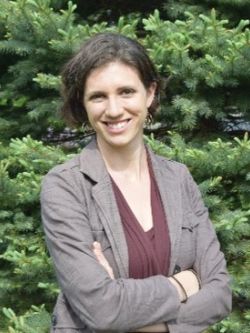Event Date/Time
Location
D221
Series/Event Type
Animals must use different swimming strategies at very small lengthscales and slow speeds (where viscosity plays a primary role) versus larger scales and speeds (where inertial forces dominate). Studies have historically focused on organisms that move at the limits of these two regimes; however, many animals move in such a way that both inertia and viscosity play an important role. We will examine two different groups of animals who swim at intermediate Reynolds numbers, from both marine and freshwater environments. Comb jellies (ctenophores) are a group of marine zooplankton who are among the oldest animals on the planet; they are also the largest animals on Earth which use cilia to swim. These flexible hair-like structures typically occur at the scale of microns, but in ctenophores their length is on the order of a millimeter. We will explore the hydrodynamic scaling of cilia from the viscous- to inertia-dominated flow regime, and discuss implications for bioinspired devices, sensors, and vehicles. Second, we will examine two aquatic insects in the infraorder Nepomorpha: water boatmen and backswimmers. These insects are unique not only because they swim at intermediate Reynolds numbers, but because they are trimodal: they can swim, walk, and fly, transitioning quickly and easily between locomotor modes. Here we will focus on the role of fluid mechanics in mediating the organism-environment interactions which permit and promote these transitions.
Speaker Bio
